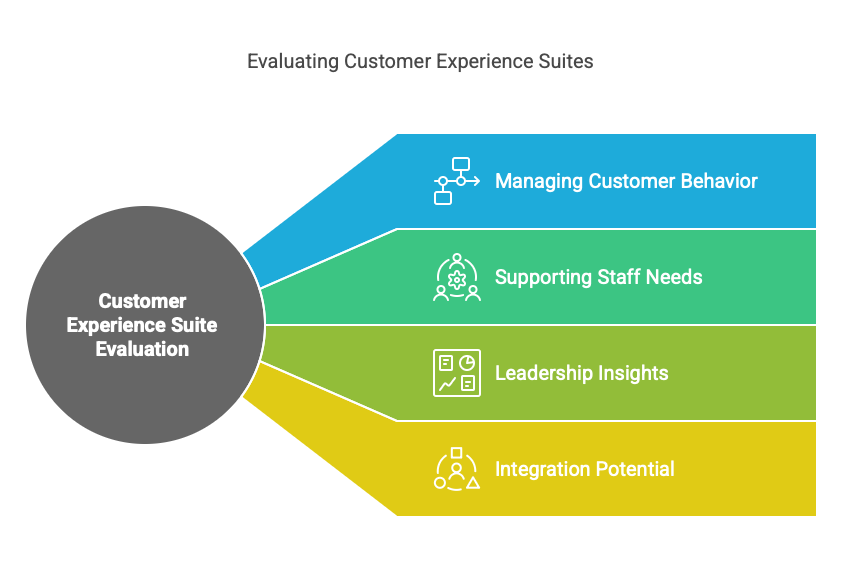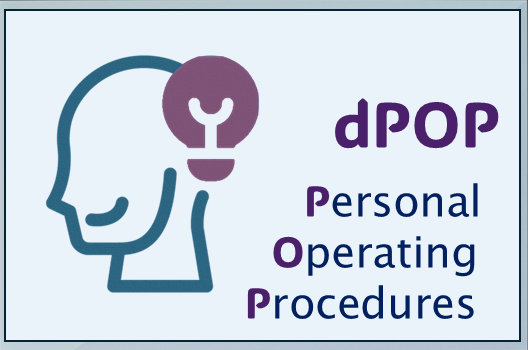‘’By 2028, enterprises will replace many CX point solutions with broad, interdepartmental, multifunction suites’’.
Keith Dawson, Director of Research, Customer Experienc
The recently published ISG Research Buyers Guide – Customer Experience Management gives us some interesting information about the evolution of CX (Customer Experience) into CRM (Customer Relationship Management).
For many organisations, managing the customer experience (CX) tends to be a department, not the responsibility of one leader who leads and optimises the CX across all customer interactions.
Organisations are now making use of more integrated software and platforms that tie together customer relationship management (CRM) and contact point activity to processes across all parts of the organisation – IT, marketing, sales, operations.
Customer Experience Management (CXM) is a relatively new software category created out of the combination of business applications and tools across departments that impact customer outcomes. CXM is definitionally a suite of applications built on a common platform that facilitates an interdepartmental view of customer activity and provides mechanisms for controlling that activity. Some elements come from the customer interaction, while others are derived from marketing technology, like customer data platforms (CDPs) or journey management tools.
‘‘One of the great values of bringing all CX applications and tools into a single platform is that it establishes consistency and continuity around data collection and metrics’’.
But when the focus shifts to questions about how an organisation should be using customer data, or how to proactively orchestrate interactions and influence customer behaviour in any channel or department, broader sets of roles and their specific requirements become essential.
The evolution of CXM addresses the shortcoming of the decades-old CRM software category that was based on a more departmental and application-centric approach.
Instead, we now see an approach that is organised on the customer journey and the interactions a customer may have with the organisation across any channel.
Thus, a CXM suite is a product family composed of applications that are collectively organised to optimise customer interactions and experiences and leads to improved profitability.
A customer experience suite should be judged based on these criteria:
- How well it facilitates managing and measuring customer behaviour across multiple stages of the customer lifecycle.
- How well it serves the needs of both the key customer facing/contact staff and other relevant support staff within the organisation
- How well it presents senior leadership with a coherent picture of the customer base that they can use to understand direction and make plans or decisions.
- How open it is to expansion laterally into adjacent software segments related to other CX departments. In other words, if you are judging a marketing automation suite for CX, how well does it serve (or integrate into) other applications, functions or other departments?
Summary
CXM software is just at the beginning of its development maturity, and it is rare to find a single offering that fits into all five of the categories.
Many software providers start out with an emphasis on their areas of origin and build out from there. Marketing technology software providers, for example, start with audience building and segmentation, but have little or nothing to do with interaction handling.
Over time, we expect suites from across the landscape to converge on these five areas through acquisition, partnership and organic development.
By 2028, enterprises will replace many CX point solutions with broad, interdepartmental, multifunction suites.


